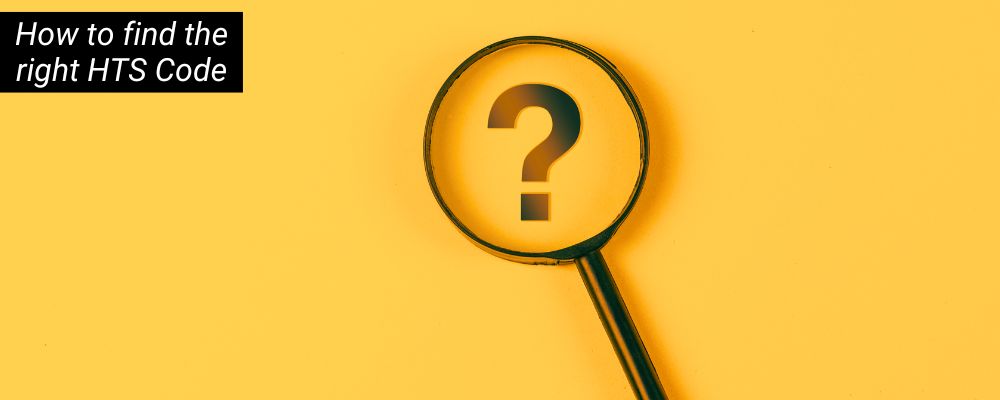
Customs duty plays a vital role in international trade, serving as a tax imposed by countries on imported foreign goods. It is one of the many taxes collected by governments and serves multiple purposes, including protecting domestic industries and regulating competitiveness in the market. Understanding customs duty is crucial for importers, freight forwarders, and anyone involved in the import process.
What exactly is customs duty?
In simple terms, it refers to the tax levied on imported goods by a country’s government. Similar to consumption tax or income tax paid by individuals or corporate taxes paid by companies, customs duty contributes to the funds of a nation. However, its primary objective lies in safeguarding domestic products from cheaper imports that could potentially harm local industries.
When cheaper foreign products flood the market due to their lower prices compared to domestically produced goods, it can lead to decreased sales for local businesses. To prevent this scenario from unfolding and protect domestic industries from unfair competition, governments impose customs duties on imported goods. By setting higher sales prices through custom duties on these products when they enter the country’s borders can effectively regulate competition within the imported goods market.
It’s worth noting that customs duty also intersects with trade policy and foreign affairs between nations. In some cases where there are strained relations between countries or punitive tariffs are implemented as part of sanctions against an opponent’s product entering another country’s market – such measures have significant impacts on exporting industries.
Determining custom duty rates involves a structured approach that varies across different countries worldwide.
The World Customs Organization (WCO) is responsible for standardizing customs processes globally through its development of harmonized systems (HS). Most countries participate in this system wherein HS codes consisting of six-digit numbers categorize items for importation and exportation purposes while determining specific tariff rates corresponding to each product category.
Three additional digits are added beyond these universal six-digit HS codes resulting in nine digits altogether being used for export and import statistics schedules. These schedules outline products categorically and specify the corresponding tax rates, thus facilitating a comprehensive understanding of custom duties.
The classification of HS codes is essential as it allows importers to identify the correct customs duty rate applicable to their goods. The accurate identification of these rates directly impacts an importer’s financial commitment when making payments for customs duties. It’s important to note that different types of Japanese customs duty rates exist, including basic tax rates outlined in the customs tariff schedule.
Besides the basic tax rate, there are other types such as provisional taxes applied for goods imported within a specific time frame or preferential rates designed to protect developing countries’ industries. Conventional taxes may also be imposed between countries with economic partnership agreements (EPA).
When determining custom duty, several factors come into play; these include CIF (Cost, Insurance & Freight) pricing on invoices which encompass the product’s cost along with domestic transportation costs, insurance fees, ocean or air freight charges. Additionally, considering the origin of a product becomes crucial since this can affect applicable tax rates depending on trade arrangements like preferential tariffs or EPA/FTA agreements.
How to obtain preferential treatment regarding duties?
To obtain preferential treatment regarding custom duties under certain trade arrangements or partnerships between countries; it is necessary to provide a certificate of origin that serves as proof verifying where a product originates from.
Now let us take a look at what processes are involved in paying customs duties upon importing goods into a country:
1. Upon arrival at the importing country’s port/airstrip terminal facility; shipments either via vessel or airplane are taken into bonded areas.
2. Import declaration forms need submission during processing by Customs authorities.
3. As part of this declaration process comes submitting details related to payment requests concerning customs duties – often handled by freight forwarders/customs clearance agencies acting on behalf of importers.
4. Taxes payable might vary depending on terms such as Delivered Duty Paid (DDP), wherein the exporter assumes responsibility for customs duty payments.
5. Declaration content accuracy becomes paramount when making payment declarations, including details such as product names and quantities along with supporting








